Nowadays, the need for quality images is on the rise, but taking real estate photos is not as easy as it might seem. The real estate industry is highly competitive, with many players fighting for supremacy. To survive and thrive, you need to develop a recognizable style, continually improve your craft, master the techniques, and invest in proper equipment. Here are some valuable tips that will make your daily struggles manageable and help you define a professional persona.
Typical questions a newbie might asks
The technological advancements and wide variety of tools overwhelm many real estate enthusiasts to the point where they do not know what best fits their needs! “What type of camera should I buy?”, “Which lens do I need?” or “Is a tripod essential?” are some of the most common problems for newbies. However, it isn’t all that difficult if you get to understand the basics. Here are some handy tips:
Tripod and flash are essentials!
Why? With a tripod, you will never retake blurred photos. More than that, a tripod allows you to make long exposures and let’s not forget about small apertures for sharp focus. On the other hand, having a flash makes your job a lot easier. We might even call that one a real estate must-have. When it comes to flashes, more is better. In other words, there is nothing out of the ordinary that multiple small flashes are essential for a great photo.
Top recommendations for tripods: Manfrotto 190X series or 055X series.
Top recommendations for flashes: Yongnuo 560III or 560IV hot shoe flashes, Godox AD-series flash or Profoto B2 (high-end).
Do I need to invest a lot in a pro camera?
Well, even though this is highly advisable, having a pro camera does not guarantee high quality. Some say that it is far more important to develop a great technique, and only afterward buy yourself a good body camera. One thing is sure: you don’t need the latest camera to get some amazing photos. If you have to choose, go for the one that you can afford and like working with. Canon and Nikon are favorites in this industry, but you’ll find out later on.
Hint: For architectural photos, one key element you should focus on is the ISO performance of the camera.
Body cameras
Nikon and Canon have been dominating the real estate photography market for many years now! Studies show that more than 95% of real estate photographers use either or both. Both cameras are great for the job, each with its own advantages and disadvantages. You have to find the one that you like the most…
What lenses do you need to use?
This issue is open for debate as it very hard to make recommendations. However, even here, we can find common ground among real estate photographers. For obvious reasons, some of the most used lenses are Nikon Nikkor 12-24mm f/4G IF-ED and Canon 11-24mm f/4 L (for crop sensors), Canon EF 16-35mm f/4L IS USM or Nikon Nikkor 16-35mm f/4 for full-frame. Why are these so good? They can zoom out enough to make the room appear larger but without distorting it. Thus, it is easy to understand why most pro real estate photographers use them daily. All in all, just go with what makes you feel more comfortable.
Keep in mind that the wide angle lens or even better – the ultra-wide angle lens – may be the best bet for you!
Master your camera’s settings!
If you want to shoot great photos, you need to know its settings by heart. In real estate, there is no point-and-shoot, but a lot of work and great technique! Take, for instance, the case of setting your ISO: how should it be? Not on auto, that’s for sure. Most professional real estate photographers keep their base ISO at around 100-200, but it depends significantly on the environment. This is your starting point; you can go from here and get the right setting that matches the area, the intensity of the light, and so on.
Shooting techniques
There is a lot to consider and study! First, of all, you need to know what a correct photo is and how to blend technology with finesse. The wireless flash and light painting with multiple exposures should also be part of your research. More than that, you should study what color matching, and the technical side of exposure is! The perfect exposure? The right blending between exterior light, interior light, and flash!
Post-processing software
There is no such thing as taking every single photo-perfect from your camera. No! You’ll also need some post-processing software too! The most commonly used are Adobe Photoshop Lightroom and Adobe Photoshop. Knowing how to process your images is a must in this industry!
Final points
- Cameras are essential, but more important are the lenses you use!
- Master the basics before getting into the industry!
- Know your camera and your lens like the palm of your hand!
- Master the camera’s settings and you’ll get to deliver professional products
- Don’t get the expensive gear; only get what you need!
Overall, real estate photography is a vast domain where not one single day resembles the other. As a newbie, you’ll have plenty of things to learn, and many hours of practice, however, it will all pay off in the end. Just try it and see how it goes! The only thing that is vital for you to have is a passion for photography!
Editor’s Note: This post was originally published on April 15, 2015, and has been completely revamped and updated for accuracy and comprehensiveness.
Julia E. Miller
Related posts
6 Comments
Leave a Reply Cancel reply
This site uses Akismet to reduce spam. Learn how your comment data is processed.

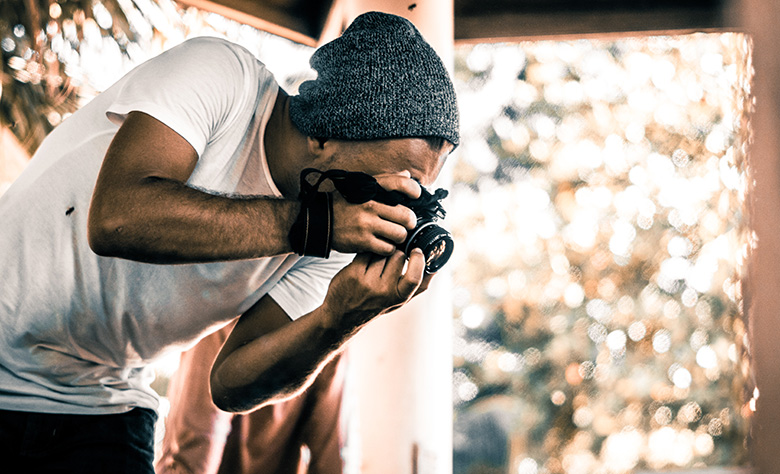

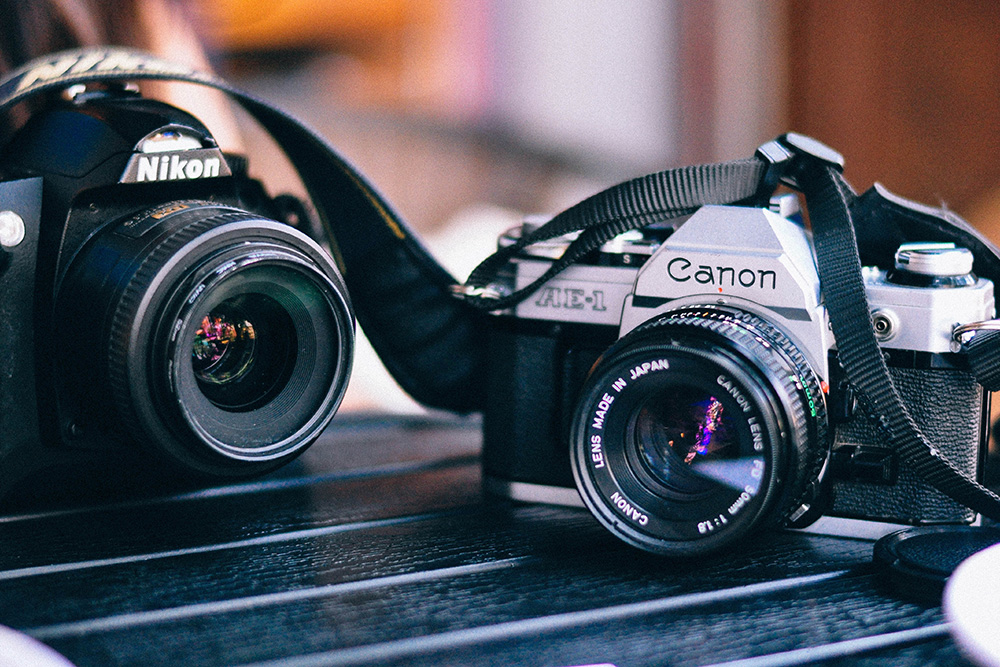
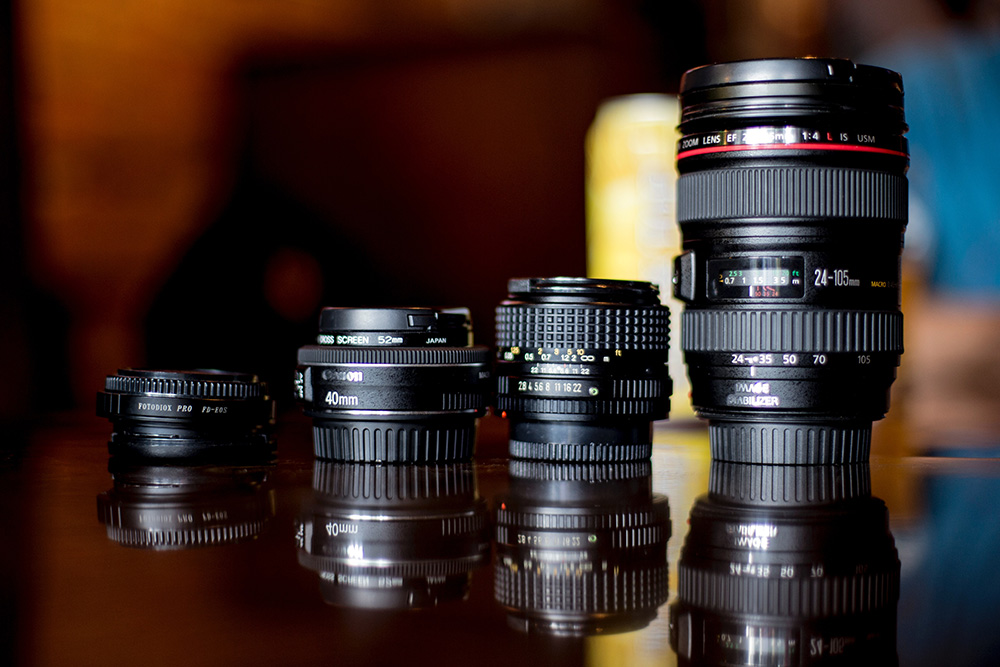
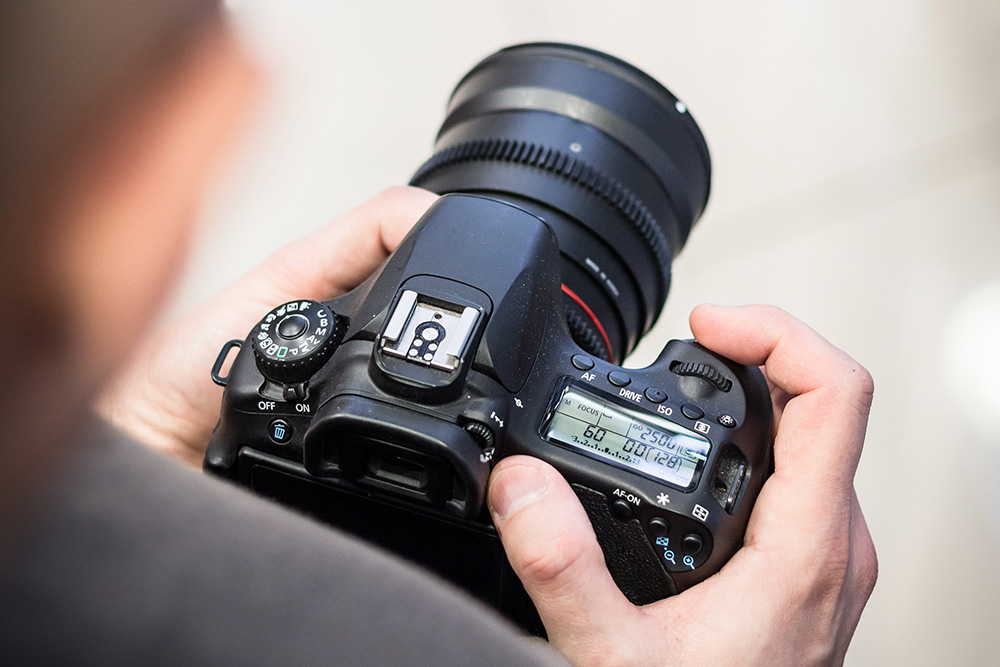
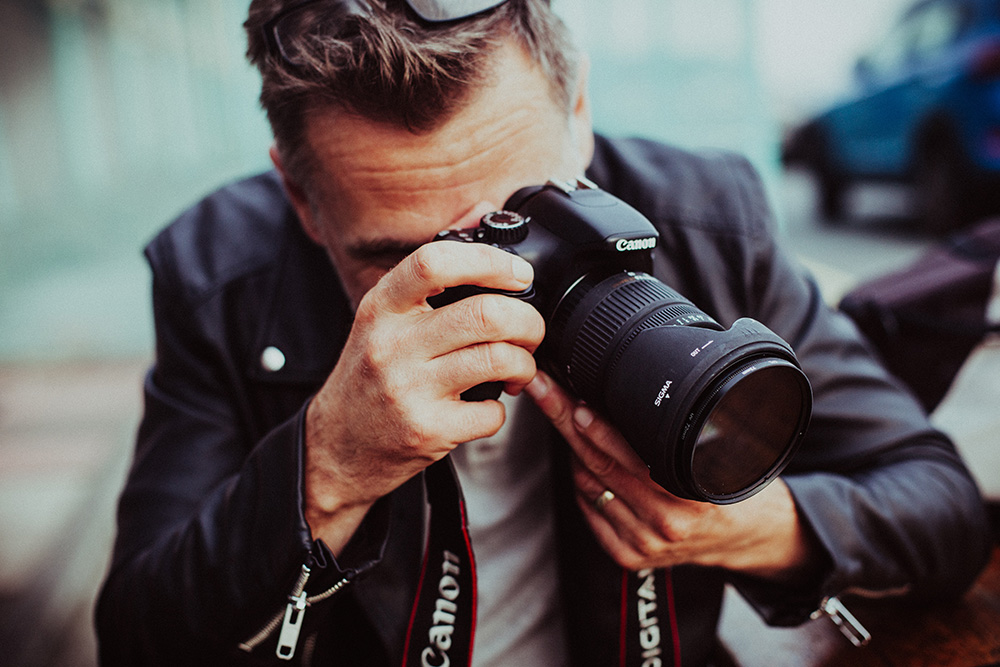
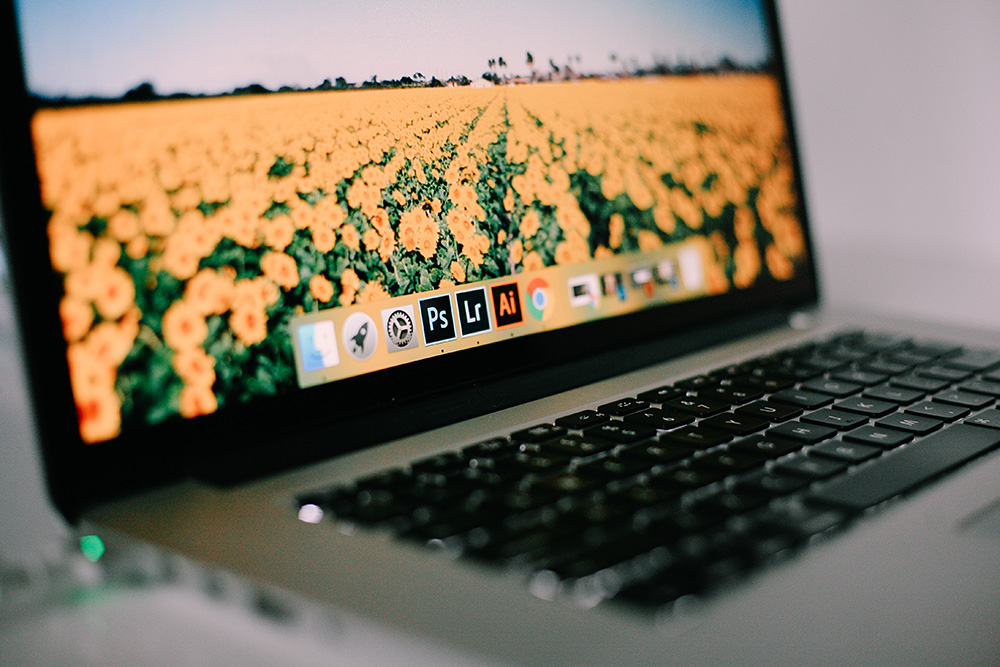
Great insight! As the saying goes: “A picture is worth a thousand words!”
Yes! I agree! Thank you for your feedback!
Online presence is definitely ruled by professional photos, as long as they’re accurate. If you don’t have the skills or equipment, hire a professional!
A mentor and friend of mine told me once “you have an eye”. It does not matter if you’re looking at a waterfall, sunset, castle or a 1900 sq. ft home, there are potentials for harmony when dealing with light,shadows, colors, details and angles. All you have to do is to bring it all together. Hmmm… Remember the old but true cliche: What kind of camera do you use is like asking a master chef what brand stove he is using. I do believe real estate photography is an art form in its own rights.
[…] Add a water feature – a water feature like a fountain or coy pond creates an upscale and modern aesthetic, sure to add quality to your listing photos. […]
Thank you for you article!